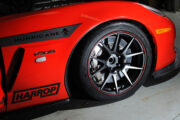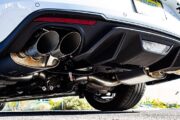When most people hop in their car with family or friends, they think about the destination or the activities that are awaiting them once they get where they’re headed. On your way to a restaurant, you probably think about what to eat and drink. On your way to the gym, you’re probably thinking about your routine for the day, or how you aren’t looking forward to leg-day at all. You probably don’t put a lot of thought into the car itself. Most people don’t even give their car a minute to warm up before they leave the driveway and start driving.
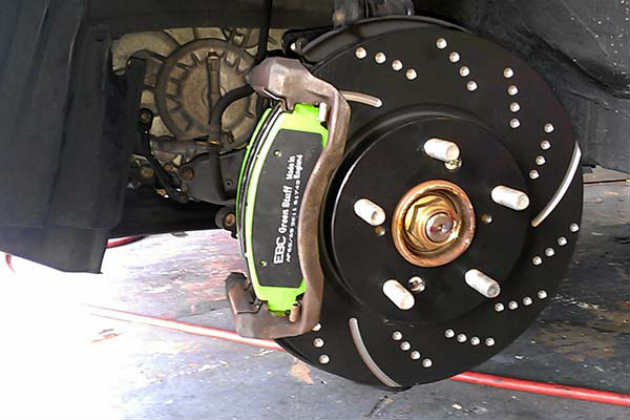
How does your car’s engine work? Does it need an oil change? Are the tyres worn down? All of this doesn’t cross most people’s mind, until something breaks down. In other words, we tend to take our cars for granted, and we look at them as a simple means to take us from destination A to destination B. But if a kangaroo decides to cross paths with you, you’ll quickly slam your brakes and you’ll be glad they’re going to abruptly stop you in your tracks, preventing a nasty, potentially lethal collision. Once that happens, you might start thanking some higher force, or the engineers who designed this invention.
When you think about it, brakes really are an amazing invention. If you’re riding your scooter or bike, and you need to slow down, you can put your feet out and drag them along the ground for some stopping power. But if you’re whizzing down the road at 80km per hour, putting your feet out wouldn’t do much good now, would it? So how does something as simple as pushing a pedal inside the car slows a racing car down to an abrupt spot?
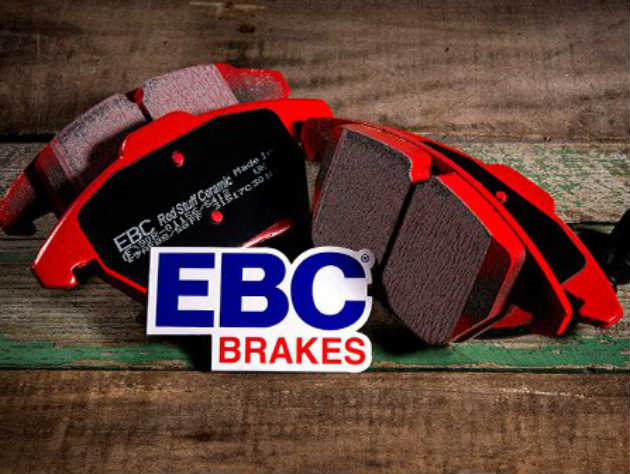
A moving car has a lot of kinetic energy, which is more commonly known as the energy of motion. In order to halt a car to a stop, the brakes have to get rid of all that energy of motion quickly. They accomplish that by using the force of friction, which converts kinetic energy into heat. When you press the brake pedal, a lever pushes a piston into the master cylinder that’s filled with hydraulic fluid. The fluid then starts squirting along a system of pipes into another, wider cylinder that’s positioned next to the brakes on the wheels.
This hydraulic system multiplies the force you place with your foot on the brake pedal into a large enough force which is then applied to the brakes, making the car stop. Brakes are separated into two basic types – drum and disc brakes. Most modern cars use disc brakes on the front two wheels, and two drum brakes on the rear wheels. Some of the more expensive cars may feature disc brakes on all wheels, whereas only small or old cars tend to have drum brakes on all wheels.
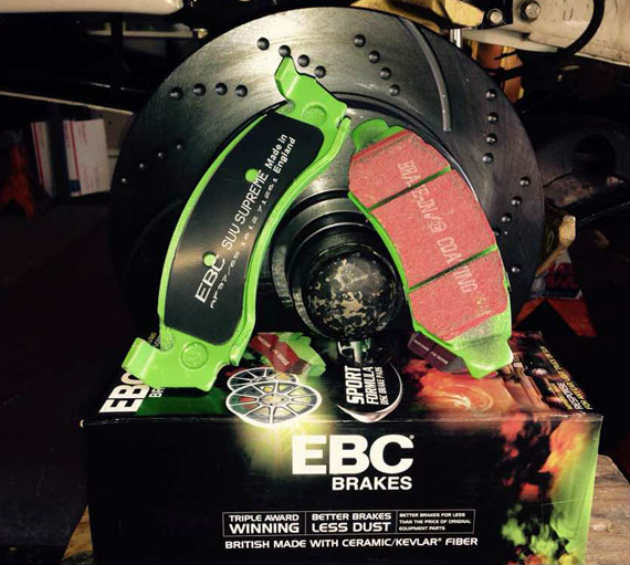
Disc brakes consist of a brake disc, EBC brake pads and a brake caliper. Once the brake pedal is pressed, the hydraulic fluid makes the brake caliper press the brake pad against the disc. The rubbing of the pad and the disc generates friction, ultimately converting all of the car’s kinetic energy into heat in the brake pad. That being said, brake pads are wearable, and should be replaced once in a while. Quality EBC brake pads are usually ceramic or semi-metallic, and they’ll last far longer than organic brake pads, offering more stopping power.
Why are ceramic and semi-metallic and ceramic brake pads superior to organic ones? Well, because, as aforementioned, stopping a speeding car will create a ton of heat. How much heat? Over 500°C, easily. In order to handle these high amounts of heat, the brake pads need to be made of special materials that don’t melt at these extreme temperatures. Some of those materials include the aforementioned ceramics, alloys and composites.
Drum brakes, while outdated, also use friction, but in a different way. They usually feature a brake drum and shoes. The hollow drum turns with the wheel, and when the brake pedal is pressed, the hydraulic cylinder pushes the brake shoes with friction linings against the inside of the brake drum, creating friction and ultimately slowing the wheel.
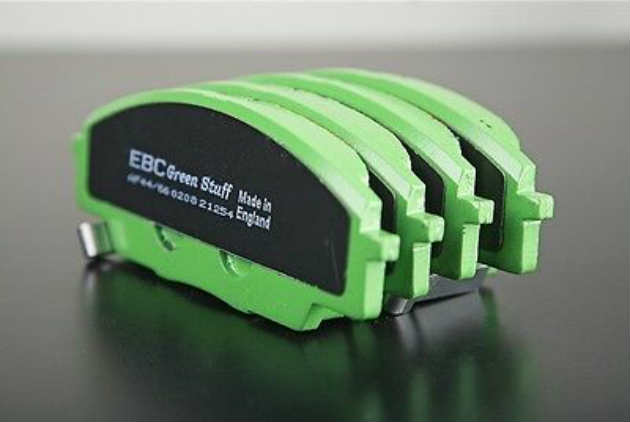
Some of the most common symptoms of worn down brake pads or failing brakes are grinding, rubbing, screeching and squealing. If you hear these eardrum-piercing noises, you should take your car for inspection. This should be addressed before the pads wear down completely, otherwise you risk damaging the more expensive parts of the breaks. Pulsation and vibration in the steering wheel or pedal are also a decent indicator that something’s wrong with your brakes. If you experience this and wait too long, the rotors might get warped from the metal on metal friction, costing you more money in repairs. Or, your brake warning light might come on, which means your breaks are due for inspection.
